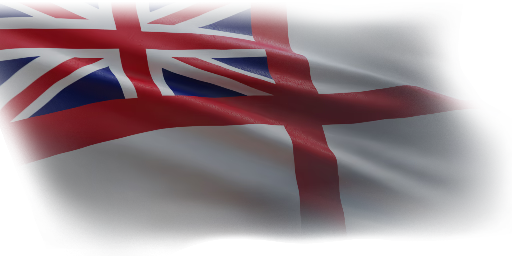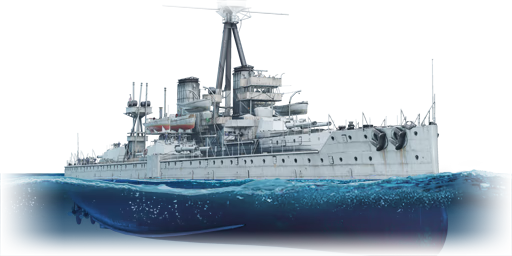

Bluewater Fleet
HMS Dreadnought
V
Rank
AB
6.3
RB
6.3
Battle rating
Great Britain
Game nation
Battleship
Main role
175,000

Research
490,000

Purchase
General information
Specification
Armour
Citadel
100 / 279 / 19 mm
Main fire tower
279 / 279 / 330 mm
Hull
25 mm (steel)
Superstructure
16 mm (steel)
Number of sections
9
Displacement
20,730 t
Crew
810 persons
Max speed
Forward
39334533 km/h
Backward
22192619 km/h
Primary armament
5 × Turret — 2 × 305 mm/45 Mark X cannon
Ammunition
1,100 rounds
Reload
basic crew → aces
39.4 → 30.3 s
Vertical guidance
-3 / 13°
Turret Rotation Speed
Horizontal
32.632.6 °/s
Vertical
43.443.4 °/s
| Ammunition | Type | Armor penetration (mm) at a distance: | |||||
|---|---|---|---|---|---|---|---|
| 1000 m | 2500 m | 5000 m | 7500 m | 10000 m | 15000 m | ||
| HE | 72 | 72 | 72 | 72 | 72 | 72 | |
| APC | 501 | 453 | 394 | 352 | 321 | 280 | |
| SAPCBC | 266 | 240 | 209 | 186 | 170 | 148 | |
Secondary armament
18 × Turret — 76 mm/50 12pdr 18cwt QF Mark I cannon
Ammunition
5,400 rounds
Reload
basic crew → aces
5.2 → 4 s
Vertical guidance
0 / 20°
Turret Rotation Speed
Horizontal
2218.72218.7 °/s
Vertical
20172017 °/s
| Ammunition | Type | Armor penetration (mm) at a distance: | |||||
|---|---|---|---|---|---|---|---|
| 100 m | 1000 m | 2000 m | 3000 m | 4000 m | 5000 m | ||
| SAP | 100 | 92 | 86 | 80 | 75 | 71 | |
Anti-aircraft armament
2 × Turret — 76 mm/45 QF 3in 20cwt HA Mark I cannon
Ammunition
300 rounds
Reload
basic crew → aces
6.5 → 5 s
Vertical guidance
-10 / 85°
Turret Rotation Speed
Horizontal
1512.81512.8 °/s
Vertical
1210.21210.2 °/s
| Ammunition | Type | Armor penetration (mm) at a distance: | |||||
|---|---|---|---|---|---|---|---|
| 100 m | 1000 m | 2000 m | 3000 m | 4000 m | 5000 m | ||
| HE-TF | 7 | 7 | 7 | 7 | 7 | 7 | |
Additional armament
Setup 1
30 × 450 mm R.G.F. Mark VI** torpedo
Economy
Repair cost
Basic → Reference
AB
22,774 → 28,604 

RB
28,736 → 36,092 

Crew training
140,000 

Experts
490,000 

Aces
1,500 

Research Aces
670,000 

Reward multiplier
AB / RB
450 / 600 % 

190 % 

Total cost of modifications
174,100 

276,000 

Talisman cost
2,000 

Research order:
Seakeeping |
|---|
Unsinkability | |
|---|---|
Firepower | |
|---|---|
Rating by players
You must play more than 3 battles for the last week and more than 10 battles in a vehicle to rate it.
Like:
5
Armor protection:
Not enough ratings
Survivability:
Not enough ratings
Mobility:
Not enough ratings
Armament:
Not enough ratings
Balance:
Not enough ratings
Articles
No articles about this vehicle yet
Become the first author and get rewards!
Write a guide, tell about interesting historical facts, make a tutorial or simply an interesting post.
No more content